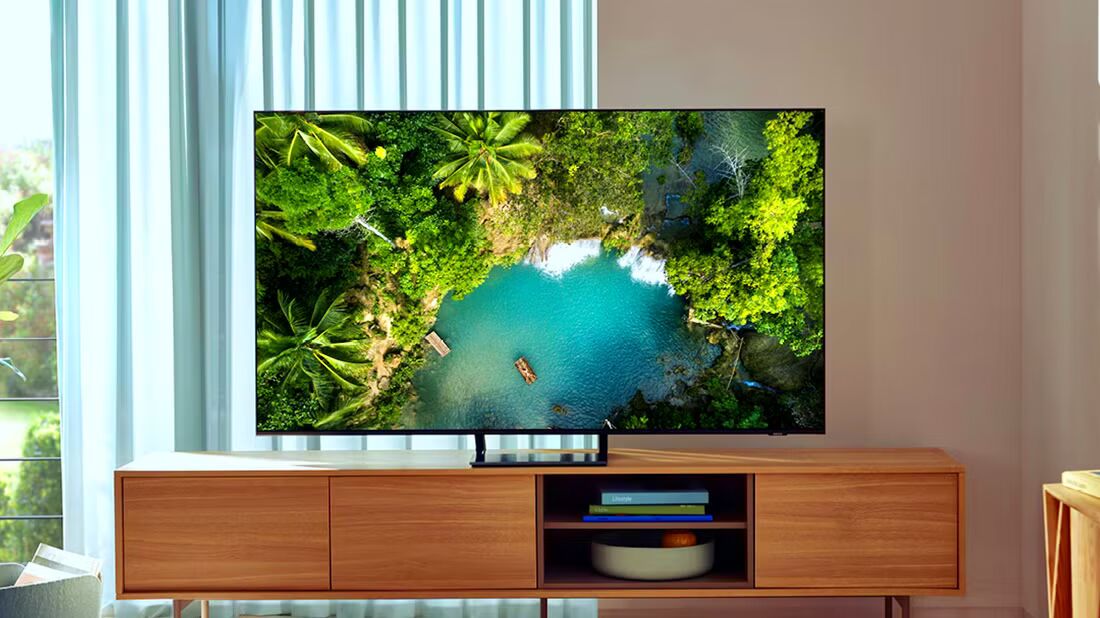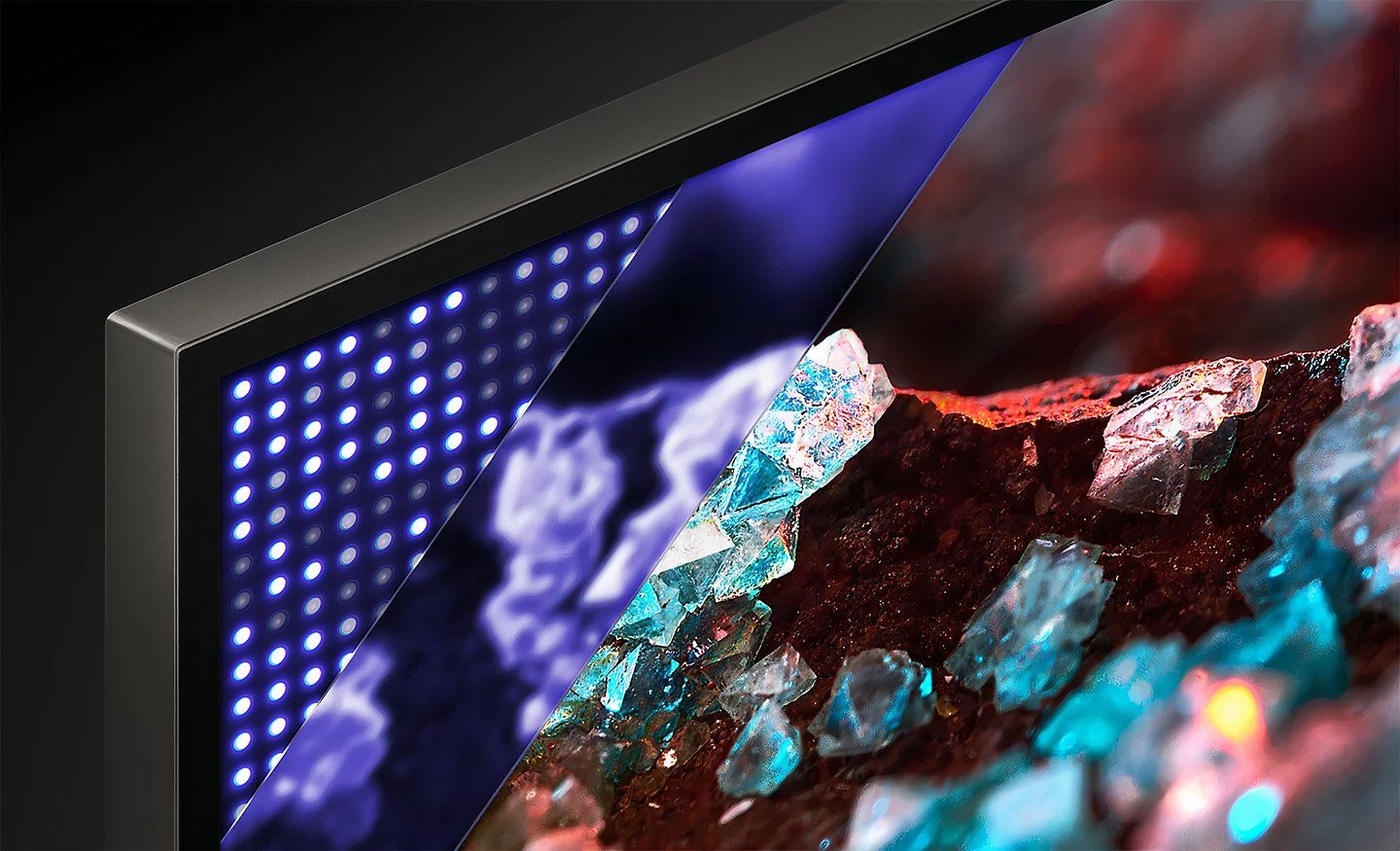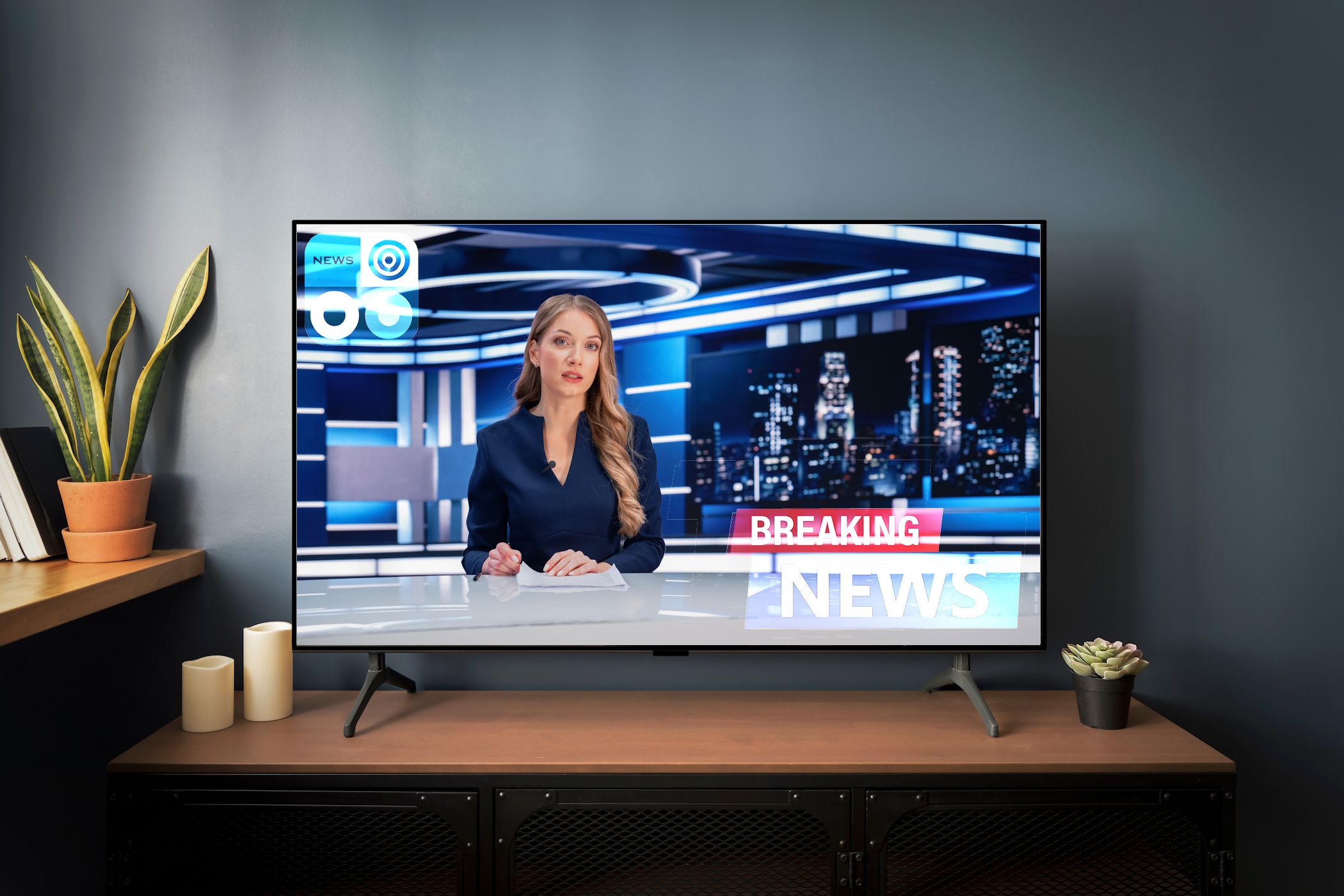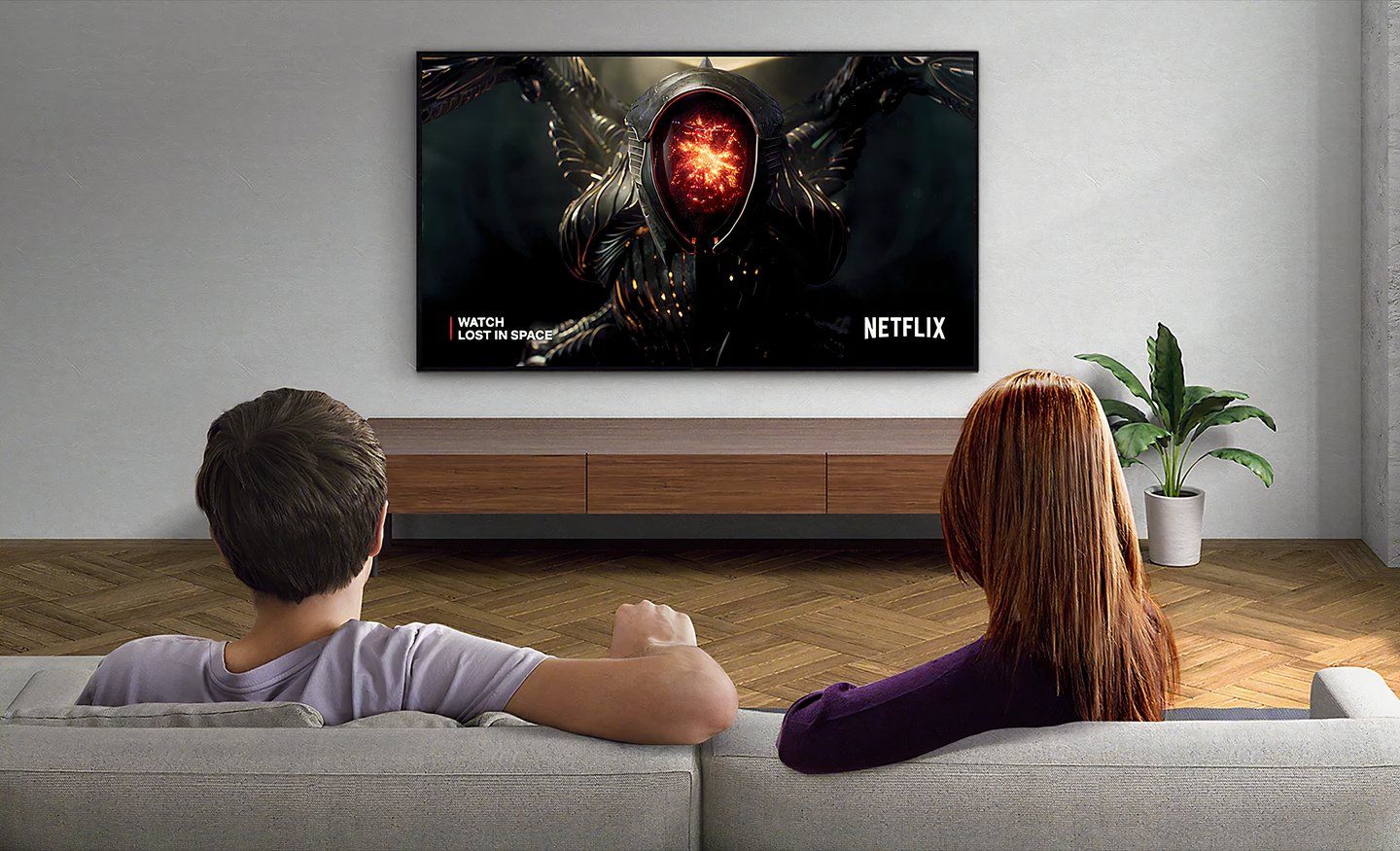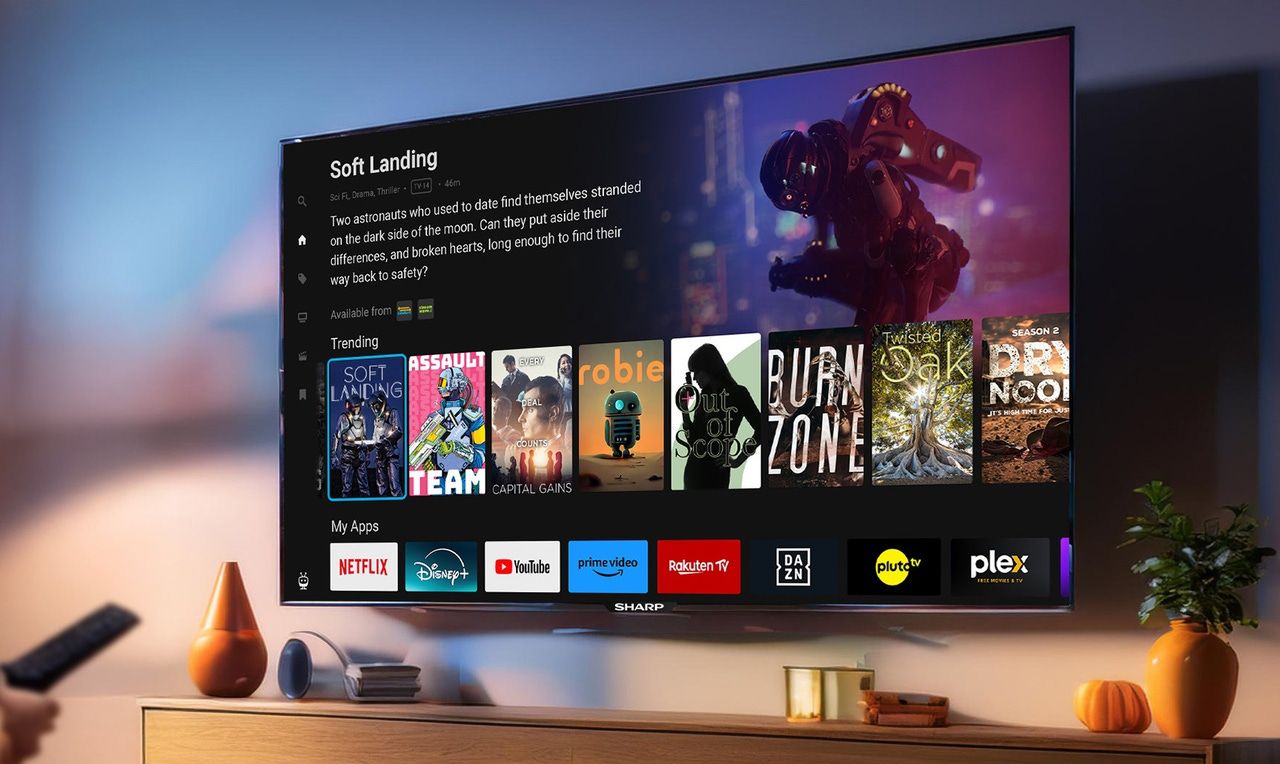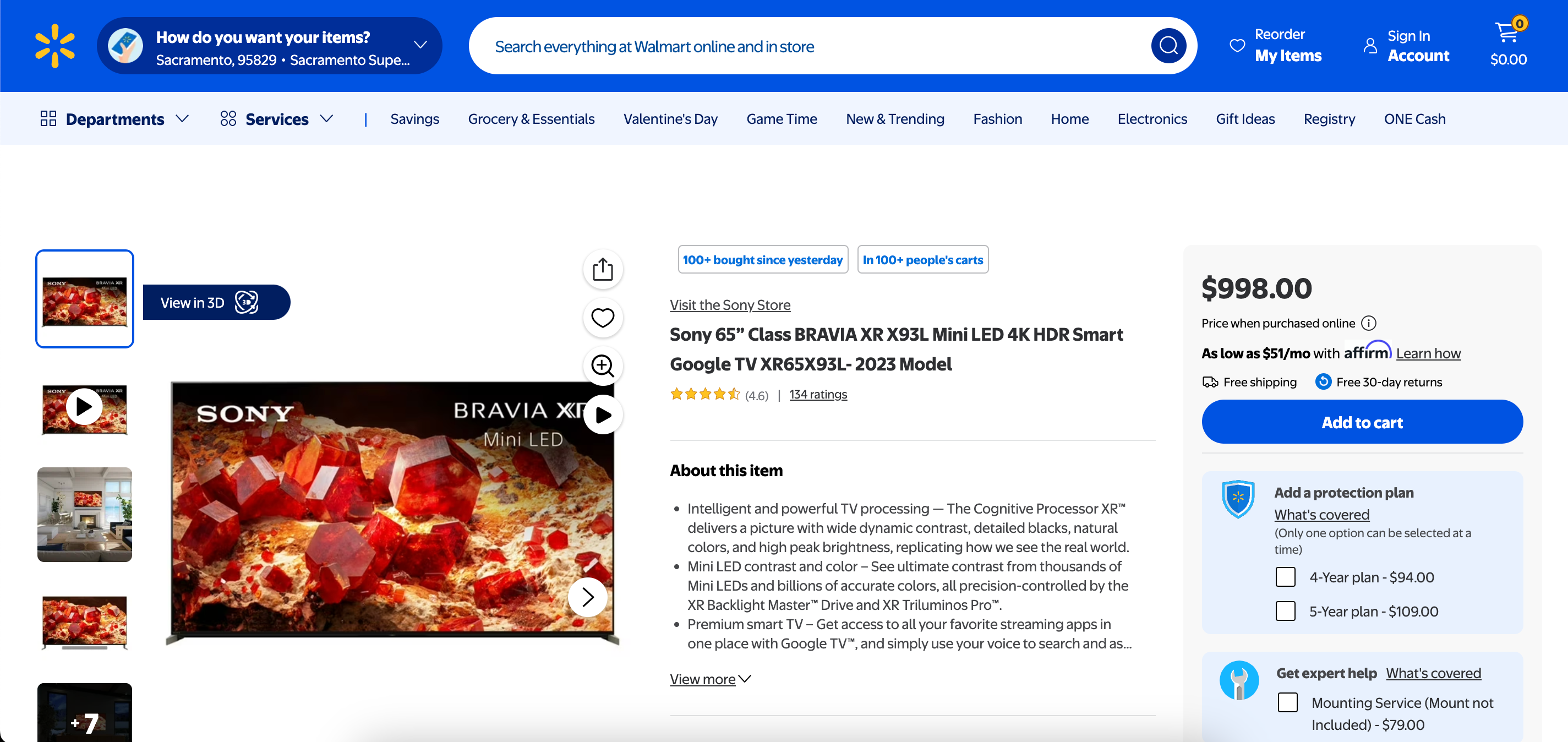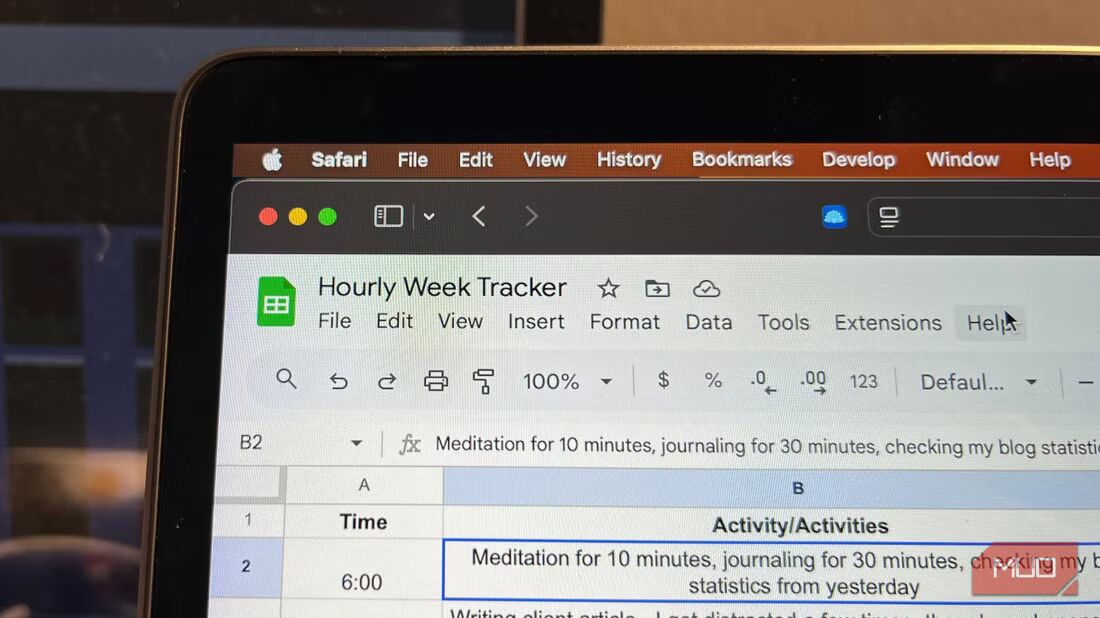My next new TV will have mini-LED display tech. It combines the deep blacks of an OLED with the wonderful brightness of an LED, offering a vibrant and balanced screen. And if you’re not buying one, you’re missing out.
1Superior HDR Performance
If you’ve ever watched a movie or played a game in high dynamic range (HDR), you know how immersive it can be. The deeper blacks, brighter highlights, and richer colors make everything feel more lifelike. However, not all HDRs are created equal, and this is where mini-LED truly shines.
Mini-LED TVs use thousands of tiny LEDs as their backlight source, far more than traditional LED TVs. This allows for precise control over brightness and darkness in different screen areas, a feature known as local dimming. The result? Blacks that are reasonably close to OLEDs but with brightness levels that can reach up to 2,000 nits or more in some models. For comparison, most OLEDs top out at around 800-1,000 nits.
2No Burn-in Risk
One of the biggest concerns with OLED TVs is the risk of burn-in. Burn-in occurs when static images like logos, news tickers, or game HUDs are displayed for extended periods, causing permanent damage to the screen. You could try some tricks to prevent burn-in on your OLED TV. However, the risk is still present, especially for heavy gamers or those who watch a lot of content with static elements.
This is where mini-LED has a clear advantage. Unlike OLED, which uses self-emissive pixels that degrade over time, mini-LED relies on a traditional LCD panel with a backlight. This means there’s no risk of burn-in, no matter how long you leave a static image on the screen.
For gamers, this is a huge relief. Imagine playing a game with a persistent health bar or map for hours—you won’t have to worry about it leaving a ghostly imprint on your TV. Similarly, if you watch news channels or sports with constant on-screen graphics, mini-LED offers peace of mind that your TV will remain pristine for years.
3Excellent Bright Room Performance
Not everyone has the luxury of a dedicated home theater with perfect lighting control. If your TV is in a living room with windows or bright overhead lights, screen glare, and washed-out colors can be a real problem. This is another area where mini-LED excels.
Thanks to their high peak brightness, mini-LED TVs perform exceptionally well in bright environments. They can combat ambient light effectively, ensuring your picture remains vibrant and clear even when the sun is streaming through the windows. Compare this to OLED, which, while stunning in a dark room, can struggle to maintain its brilliance in well-lit spaces.
4Long-Term Reliability
When investing in a new TV, you want something that will stand the test of time. OLED TVs, while stunning, have a known limitation: the organic materials in their pixels degrade over time, leading to potential issues like color shifts or reduced brightness. mini-LED TVs don’t share this problem.
Mini-LED TVs use inorganic LED backlights, which are far more durable and resistant to aging. This means the picture quality you enjoy on day one will remain consistent for years. Additionally, because mini-LED doesn’t suffer from burn-in, you won’t have to worry about permanent image retention affecting your viewing experience.
Durability isn’t just about the screen itself. Mini-LED’s local dimming and brightness capabilities ensure the TV remains vibrant and dynamic, even after thousands of hours of use. For context, many mini-LED TVs are rated for 100,000 hours of usage, which translates to over a decade of daily viewing.
5Its Price-to-Performance Ratio Makes Sense
A balance of performance, features, and price is what I look for when shopping for a TV. While OLED TVs are often praised for their picture quality, they come with a premium price tag and the inherent risks of burn-in and long-term degradation. On the other end of the spectrum, traditional LED TVs are affordable but can’t match the contrast and brightness of newer technologies.
Mini-LED strikes the perfect middle ground. It offers near-OLED levels of contrast, superior brightness, and excellent color accuracy, all at a price point that’s often more accessible than OLED. A high-end 65-inch mini-LED TV might cost around $1,000, while a comparable OLED could set you back $1,500 or more. And when you factor in mini-LED’s durability and lack of burn-in risk, the value proposition becomes even clearer.
Choosing the right TV can feel like navigating a maze of technical jargon and competing claims. But after weighing the pros and cons, it’s clear that MiniLED is the best choice. It combines the best of both worlds: the deep blacks and contrast of OLED, the brightness and durability of LED, and a price point that makes it accessible to a wider audience.
